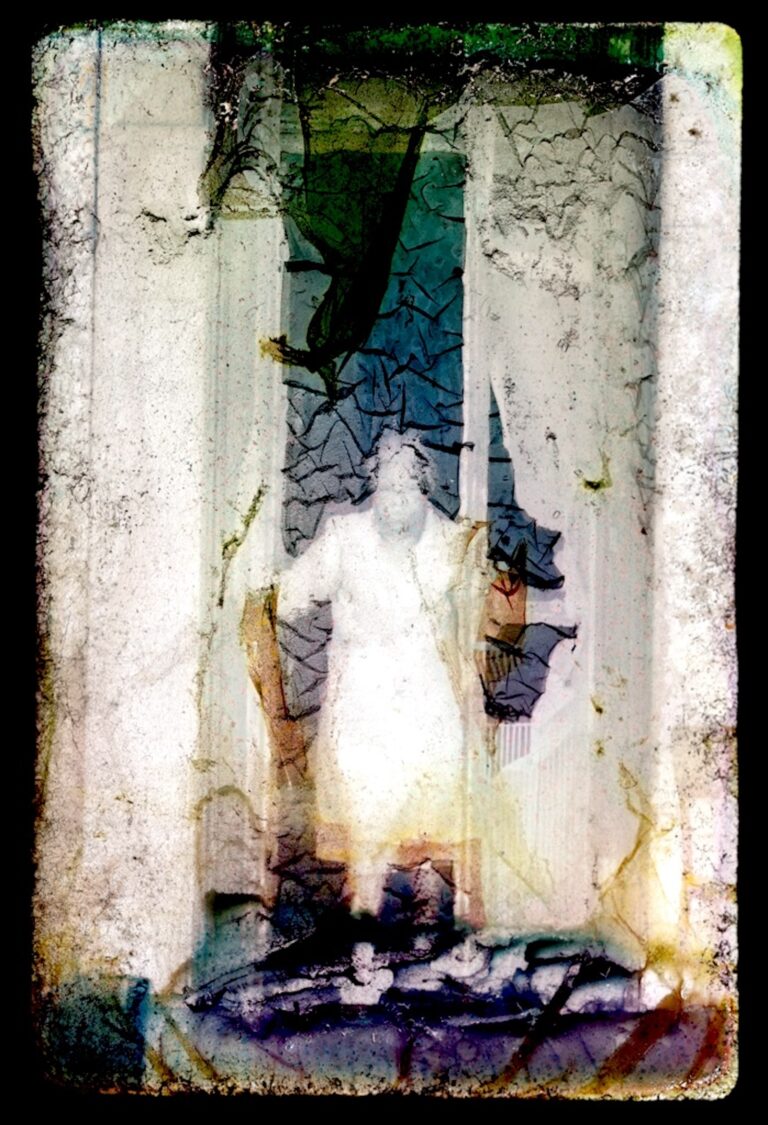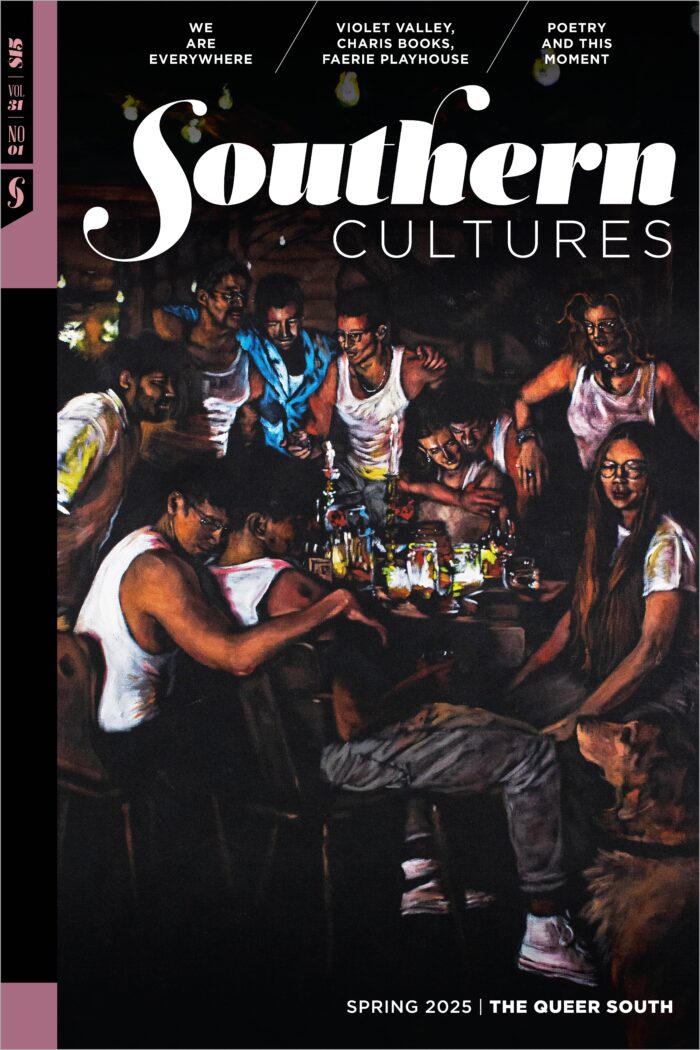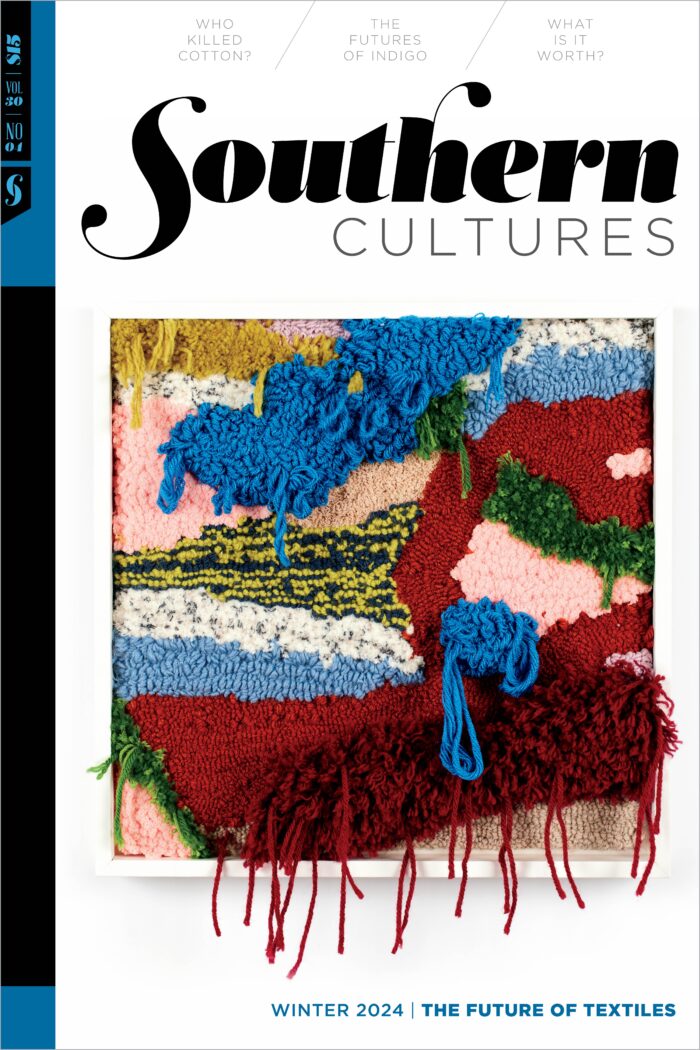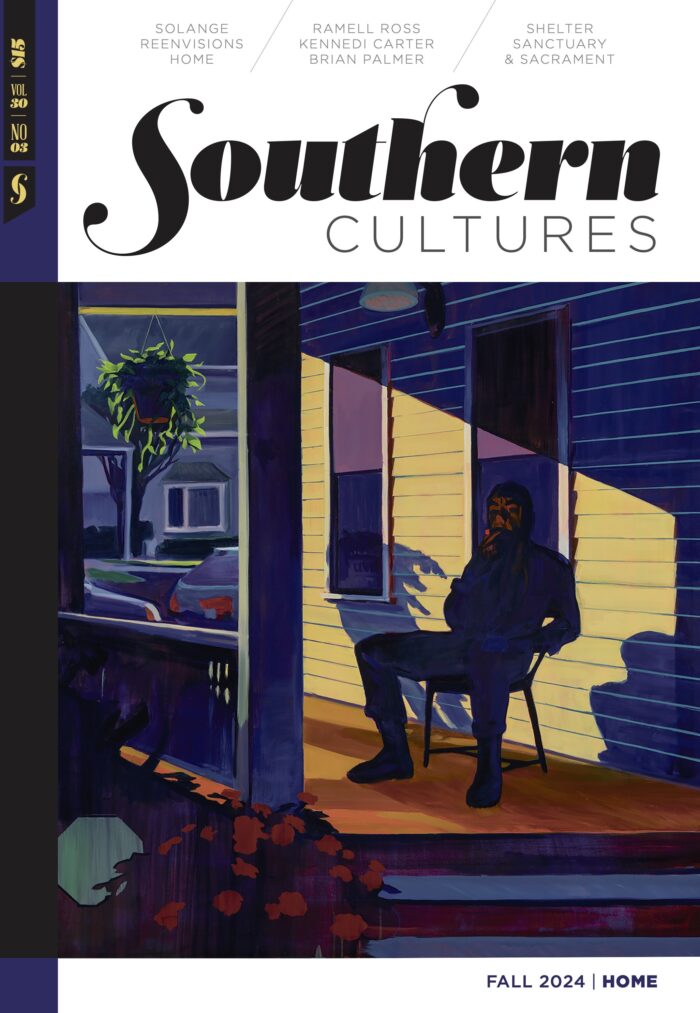by Andy Horowitz
On August 29, 2005, when I was twenty-four and living in Connecticut, I watched the levees surrounding metropolitan New Orleans collapse on television. I called my ex-girlfriend, a fifth-generation New Orleanian who was then living in Lafayette. When she answered the phone, I heard crying in the background. Friends from New Orleans had evacuated to »
Art
by Rebecca Snedeker
When I was five, my father explained to me that our city, New Orleans, could fill up with water like a fishbowl. Not long after receiving this surprising news, I heard the story of Noah’s Ark at Sunday school and understood it to be the most useful tale of all. I was raised—home, school, and »
Photo Essay
Tending Katrina’s Community Archive
by Jessica Dauterive ,
Mary Niall Mitchell
In the aftermath of Hurricane Katrina in New Orleans, Michael Mizell-Nelson (1965–2014) did what good public historians do: he looked for ways to help the city tell its own story. Mizell-Nelson, on the history faculty at the University of New Orleans, teamed up with colleagues at the Center for History and New Media at George »
Essay
The Crescent City Connection and the Chinese Cajun Cowboy
by Robin McDowell
On September 1, 2005, three days after Katrina made landfall, a shotgun shell whizzed over the head of a young Black man holding his daughter in his arms. He was among hundreds of victims that day, eager to escape the flood by crossing the Crescent City Connection (CCC), a double span bridge over the Mississippi »
Interview
by Kalamu ya Salaam,
Joshua B. Guild
I love New Orleans. If I’m going to live anywhere in America, as a matter of choice, then I choose New Orleans . . . I mean, I love New Orleans, yeah, but sometimes I hate it. Here we have both the best and the worst of the so-called New World coexisting in paradoxical symbiosis »
Memoir
by Stephen R. Garofano
At the time Hurricane Katrina made landfall, Stephen Garofano was a twenty-eight-year-old professional musician living in New Orleans. He says, “In the aftermath of the storm, my diary began to feel like an important document of the historical tragedy unfolding around me, as well as a tether to reality and a lifeline to myself.” An opera »
 credit: Keith Calhoun © 2010
credit: Keith Calhoun © 2010
Interview
The Nanih Bvlbancha Mound
by Tammy Greer,
Mariah Hernandez-Fitch
It was a two-hour drive from New Orleans to Hattiesburg, Mississippi, in the sweltering heat of summer 2024, when I first met Dr. Tammy Greer. Just the day before, I had taken an early morning walk to Nanih Bvlbancha at Lafitte Greenway, a project she helped bring to life alongside a collaborative group of artists »
Art
by Corey Dzenko
In 2004, artist Sheryl Oring donned a red, white, and blue outfit of a 1960s-era secretary and first performed her ongoing social practice project I Wish to Say. She asked participants, “If I were the president, what would you wish to say to me?” She typed their responses verbatim with a typewriter onto four-by-six-inch postcards. This »
Photo Essay
by Angelica Robinson
I don’t remember much of how the actual city of New Orleans looked when I was a child, especially my surroundings before Hurricane Katrina. Growing up, my lens of the city was my family’s home in the Ninth Ward. Sometimes it felt like my siblings and I were in our own bubble. We usually just »
Roundtable
A Roundtable
by Southern Cultures
“When people talked about ‘Katrina,'” a New Orleanian told a New Orleans Gambit reporter in 2008, “they are not just talking about the storm anymore. It’s the insurance crisis, the mental health crisis, the crime, the homeless under the bridge—the whole ball of wax.” What is Katrina now? A storm, a flood, or an engineering failure? A »
Photography
by Chandra McCormick,
Keith Calhoun
Our work centers on everyday people whose lives are rooted in the soil and woven into the fabric of American society. We are drawn to photography for its power to convey stories—how a single image can speak volumes. Through our lens, we spotlight the builders, planters, caretakers, and laborers of the Deep South—those who nurture »
Poetry
Preface to a 918 Volume (304 children) Suicide Note or Letter to June Jordan on Jonestown reply written in New Orleans, 1,392, . . . official count
by Kristina Kay Robinson
I. refrain: “And what about that blue house? Are youhiding any souls over there?”-St. Mary and an archangel interrogate the demonrefrain: “goddamn dreamers” –Jim Jones


 credit: Keith Calhoun © 2010
credit: Keith Calhoun © 2010



